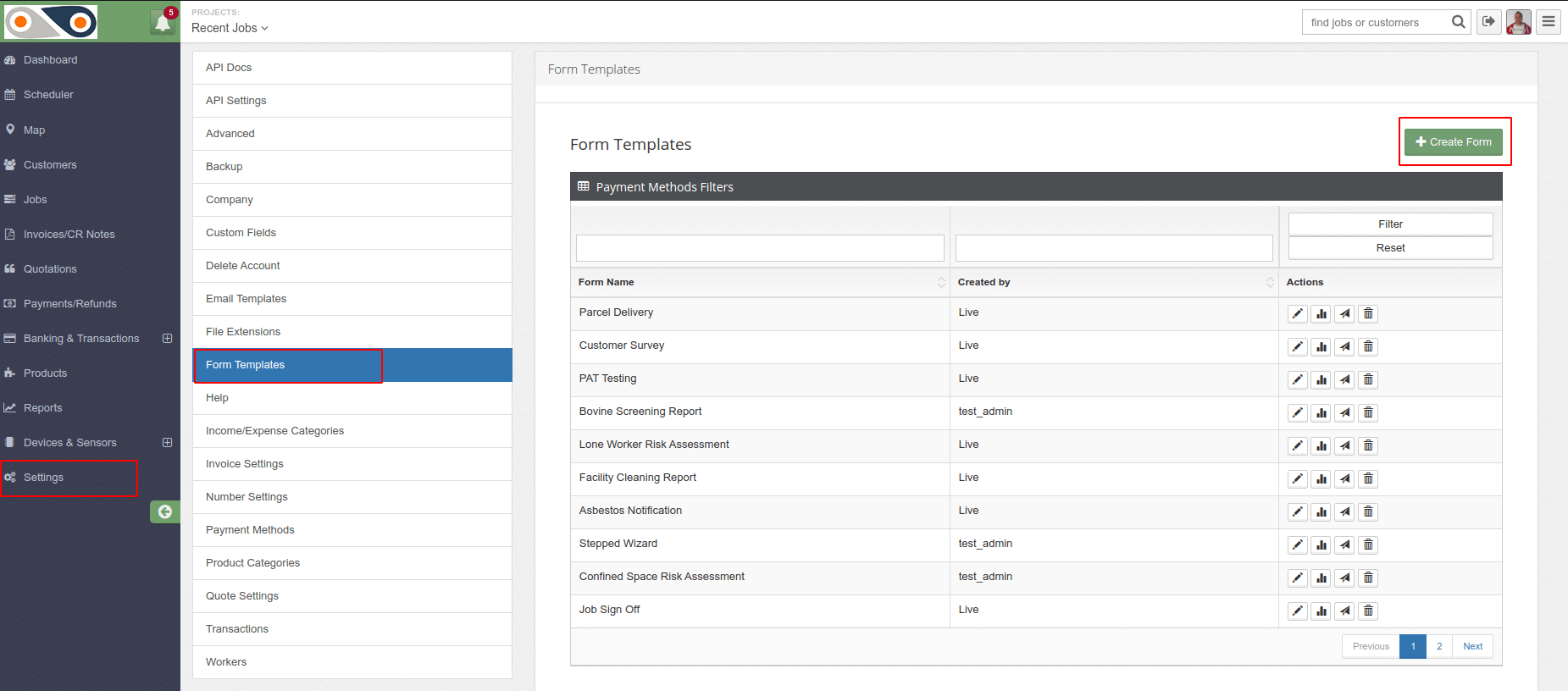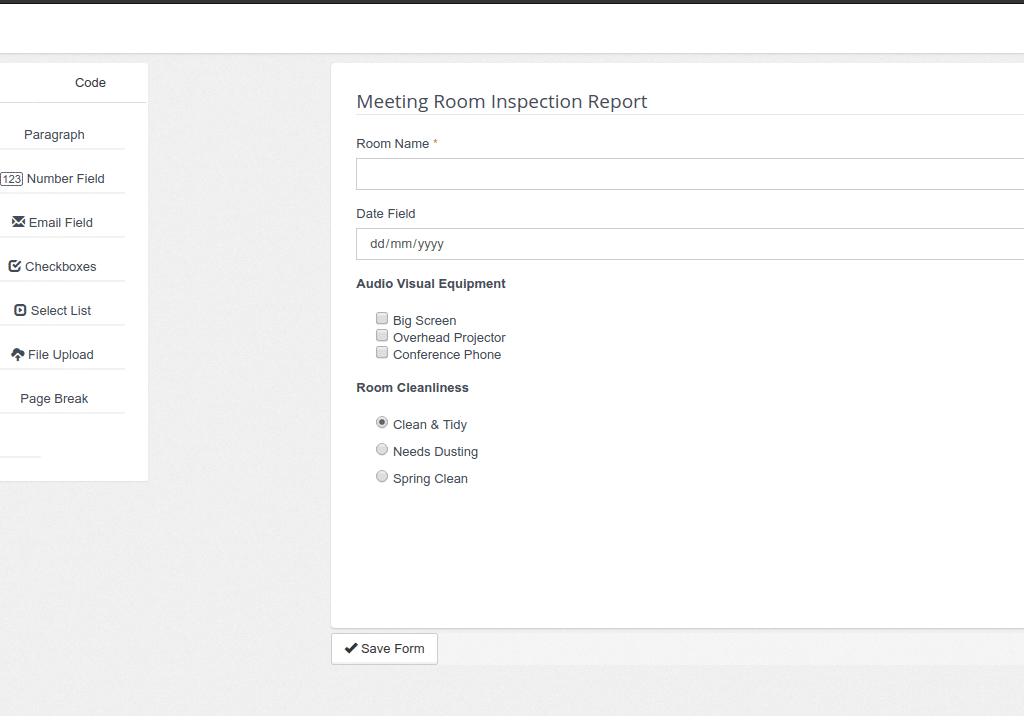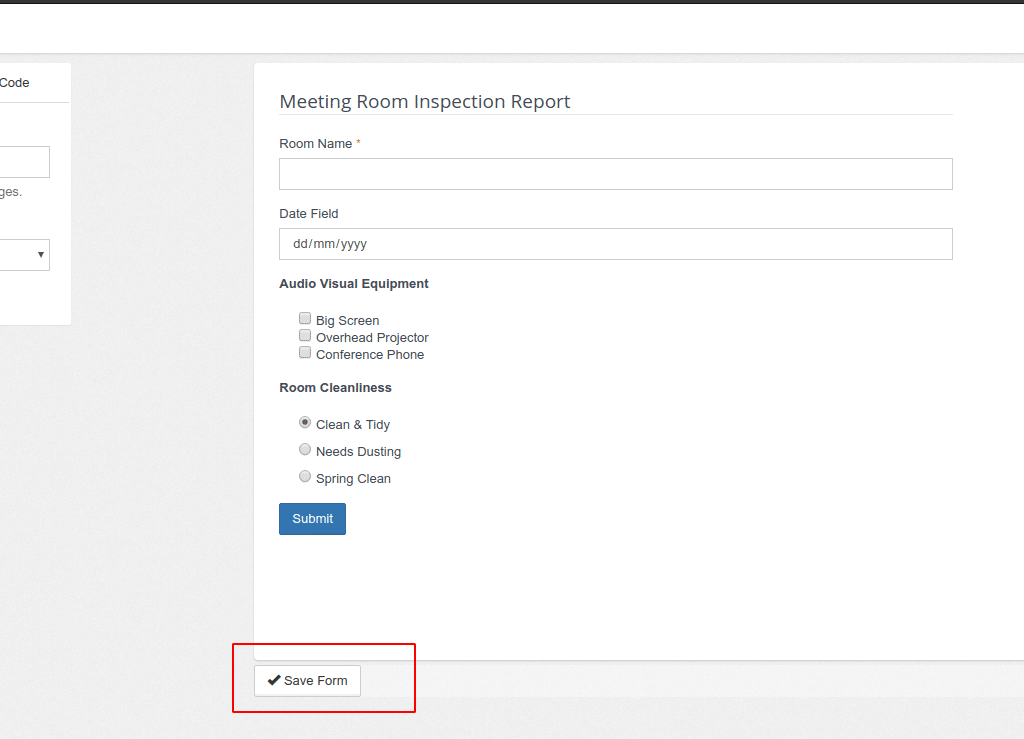In all likelihood, the reason why you landed on this page was because you were seeking CMMI experts to help you meet the demands of a growing number of potential clients who require CMMI compliance.
Whether or not you’re here for that reason, you might want to know why CMMI or Capability Maturity Model Integration is steadily becoming a common denominator among highly successful software and engineering development companies. If you stay for a while, we can show you how CMMI can substantially increase your organisation’s chances of:
- reducing development costs;
- acquiring new customers and retaining old ones;
- beating deadlines;
- bringing down development time;
- increasing the overall quality of your products and services; and
- improving the level of satisfaction of customers, employees, and all other stakeholders.
Surely, no organisation can be too small or too big to aspire for such benefits of attaining high levels of maturity and capability.
If you want to look beyond Maturity Level ratings, then you’ve come to the right place. We focus on introducing CMMI principles and blending them into your organisation’s culture to achieve a truly superior and sustainable business advantage. Compliance will then be an inevitable offshoot of the actions you make.
Likewise, if you simply want to obtain a deeper understanding of CMMI and learn how it can be applied either to your entire organisation or to specific projects, we’d be happy to assist you in that regard as well.
Finally, when you’re ready, we can also conduct CMMI appraisals either for benchmarking purposes or simply for determining how well your process improvement initiatives are going.
CMMI Consulting
Are you worried that implementing CMMI might entail an overhaul of your current processes? Don’t be.
CMMI is all about improving current processes, not replacing them. Ideally, the final result of all process improvement activities should be hinged on your own business objectives and context, so we’ll make sure it remains that way when we work with you.
We rely on our extensive knowledge and experience in CMMI, engineering, software development, and technologies as well as in change and project management in providing model-based process improvement services. Whether you’re gearing up for an appraisal or simply want to employ CMMI-based practices, these are the things we can do for you.
- Help you interpret how CMMI can be implemented in relation to your business.
- Assist in convincing sponsors and stakeholders to support your CMMI implementation initiatives.
- Introduce the necessary training to all individuals who need to undertake them.
- Conduct a Gap Analysis to find out where your company’s current processes stand relative to their CMMI specifications.
- Assemble a process group that will champion your process improvement initiatives. We’ll facilitate effective collaboration among its team members, transforming them into a cohesive force designed to carry out plans and motivate everyone else down the line.
- Introduce tools and practices that will improve the efficiency of our process improvement initiatives.
- Carry out periodic evaluations and produce reports to provide sponsors and stakeholders a clear picture of our progress.
CMMI Training
Still not convinced CMMI is right for you? There’s only one way to fully grasp the benefits of implementing CMMI – take the Introduction to CMMI course. Although what happens next is entirely up to you, we’re pretty sure you’ll make the right decision after passing it.
Do you need to include people from your organisation in a SCAMPI (Standard CMMI Appraisal Method for Process Improvement) team? They’ll have to undergo this course too. The Introduction to CMMI is for systems and software engineering managers and practitioners, appraisal team members, process group members, and basically anyone who want to grasp CMMI fundamentals.
This is what you’ll be able to do after going through 3 days of lectures and exercises:
- Gain a deeper understanding of the various components of CMMI-DEV models and their relationships.
- Discuss the process areas in CMMI-DEV models.
- Extract and interpret aspects in the model relevant to your own organisation’s processes.
We also offer highly specialised training and workshops such as those for:
- Achieving High Maturity Levels
- Top Executives
- Team Building in Preparation for Appraisals
CMMI Appraisal
An organisation new to CMMI will want to know first how far their current processes are relative to the implementation of model-based improvements in order to determine the resources and time that have to be spent to get there.
Similarly, an organisation already well acquainted with CMMI and has begun taking steps in improving processes, will eventually want to know how close it has come to the Maturity Level it has aimed for.
In both cases, these organisations will have to be assessed by a qualified CMMI appraiser to obtain an accurate picture of their current status. We can perform appraisals on either your entire organisation or on specific projects/practices within a process area. Our appraisers can conduct the following SCAMPI (Standard CMMI Appraisal Method for Process Improvement) appraisals:
- SCAMPI Class A – This is what you’ll need if you’re aiming for a level rating.
- SCAMPI Class B – You may want to use this for process reviews or for preparing for a SCAMPI Class A.
- SCAMPI Class C or Gap Analysis – We typically conduct this for organisations who have yet to implement CMMI-based initiatives so that they can design the most cost-effective road map for the implementation proper.


